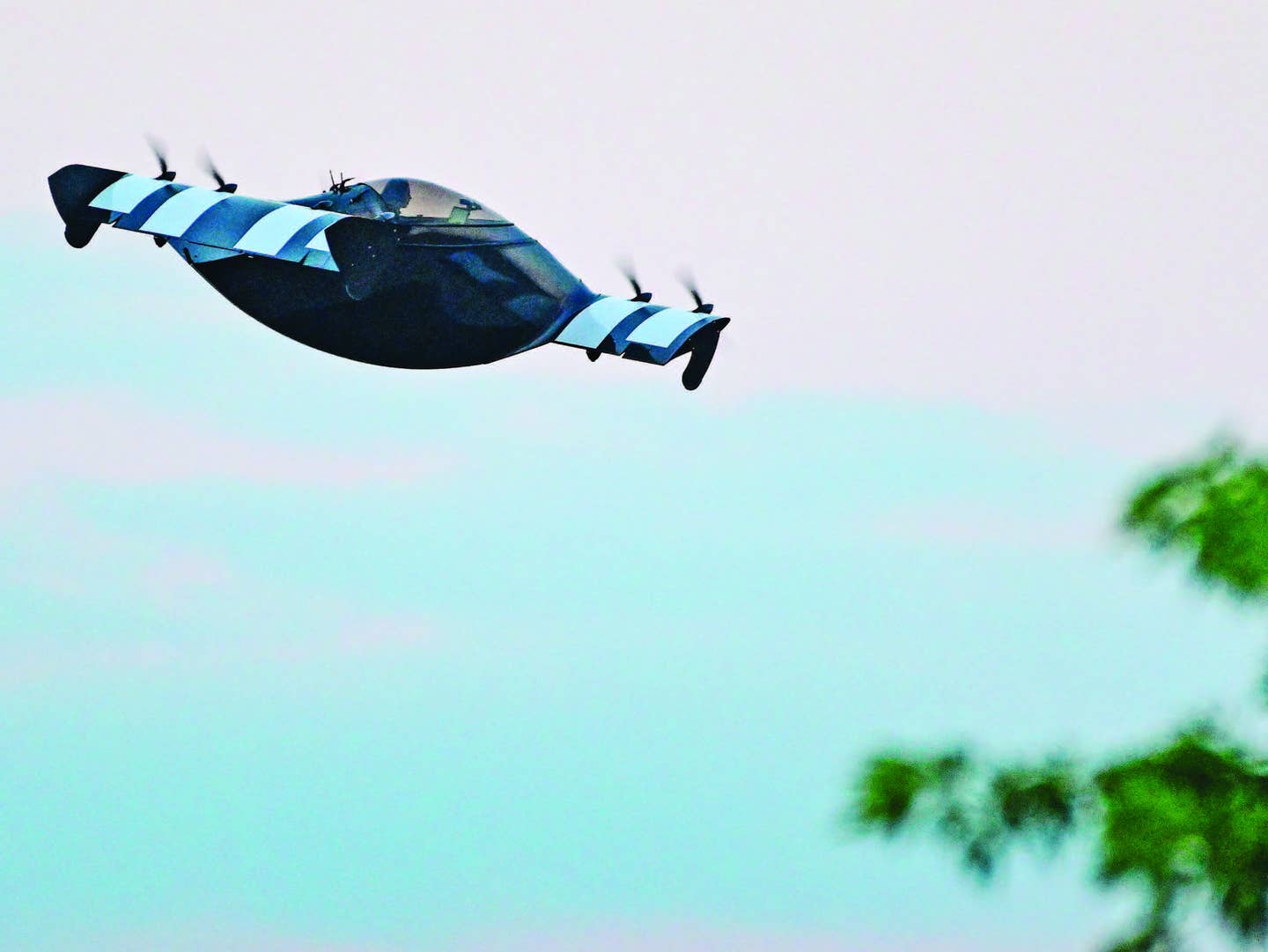
The pilots of a Citation 550 like this one performed a successful no-engine approach to Savannah Hilton Head International Airport. Courtesy Textron Aviation
Early in my multi-engine flight training in the Cessna 310, the instructor and I practiced the required maneuvers, including loss of an engine on takeoff, as well as an engine failure in cruise. To this day I remember Dave telling me to consider a cruise engine failure just as seriously as the one at takeoff from one simple perspective—that whatever killed the first engine might soon claim the second.
In May 2019, the crew of a chartered Cessna Citation 550—being operated as an air ambulance flight—experienced a total power loss that began, according to the NTSB, just over an hour into the flight when the PIC was attempting to set the N1 to 103 percent (normal in this airplane). The engine power stubbornly refused to stay put. While cruising at 35,000 feet enroute between Naples, Florida (KAPF), and Niagara Falls, New York (KIAG), the left engine began to slowly spool down all on its own.
“After unsuccessfully attempting to recover engine power,” the NTSB said, “the crew requested a lower altitude from air traffic control and began a descent with the left engine at idle power. The pilot-in-command then noticed that the left engine displayed no oil pressure and subsequently shut it down.” Several minutes later, as the airplane descended through 8,000 feet with the right engine at 65 percent fan speed and the crew setting up for a single-engine approach into Savannah Hilton-Head International Airport (KSAV), the right engine began spooling down. The pilot-in-command declared an emergency and the crew performed a successful no-engine straight-in approach through a broken cloud deck to Runway 19 and landed safely. Neither of the two airline transport pilots, the two medical crew, or the three passengers onboard were injured.
The NTSB learned through its investigation of the incident the flight had originated earlier that day from the charter company base at Punta Gorda, Florida (KPGD), where the airplane was fueled with 480 gallons of jet-A that included a fuel system icing inhibitor (FSII) mixed in. The flight crew then completed the 47-nm flight from KPGD to KAPF without a problem.
During an interview, the SIC noted that during the enroute portion of the flight the left fuel filter bypass light did not illuminate at any time, but that the right fuel filter did. A line service worker at KPGD where the aircraft was initially fueled said he’d noticed the night before the flight that the fuel truck’s FSII level was low. He went to a shed where the FSII is normally kept and found two partially filled containers. Assuming both bottles contained the same additive, he poured one into the other and then refilled the fuel truck’s FSII tank.
Several days after the incident, the lineman realized he’d inadvertently combined a 5-gallon FSII bucket and a 2.5-gallon diesel exhaust fluid (DEF) container instead of two partially-empty FSII containers. Fuel samples, fuel system filters, and fuel screens from the airplane were obtained and sent for laboratory testing. Analysis of the fuel contaminants indicated the presence of urea—the primary chemical found in diesel exhaust—a chemical added to ground vehicle emission systems to reduce nitrous oxide emissions.
DEF is not approved for use in aircraft because it reacts with certain chemical components to form crystalline deposits in the fuel system. Those crystalline deposits then accumulate on filters, engine fuel nozzles, and fuel metering components and result in a loss of engine power, as the Citation crew experienced. In a followup NTSB Alert about the dangers of DEF, the Board reported that in November 2017, at Eppley Airfield, (KOMA) Omaha, Nebraska, seven aircraft had DEF directly injected and six aircraft were refueled with equipment that was exposed to DEF, while in August 2018, at Miami-Opa Locka Executive Airport, (KOPF) Opa-Locka, Florida, five aircraft had DEF directly injected and nine aircraft were refueled with equipment exposed to DEF.

Sign-up for newsletters & special offers!
Get the latest FLYING stories & special offers delivered directly to your inbox






